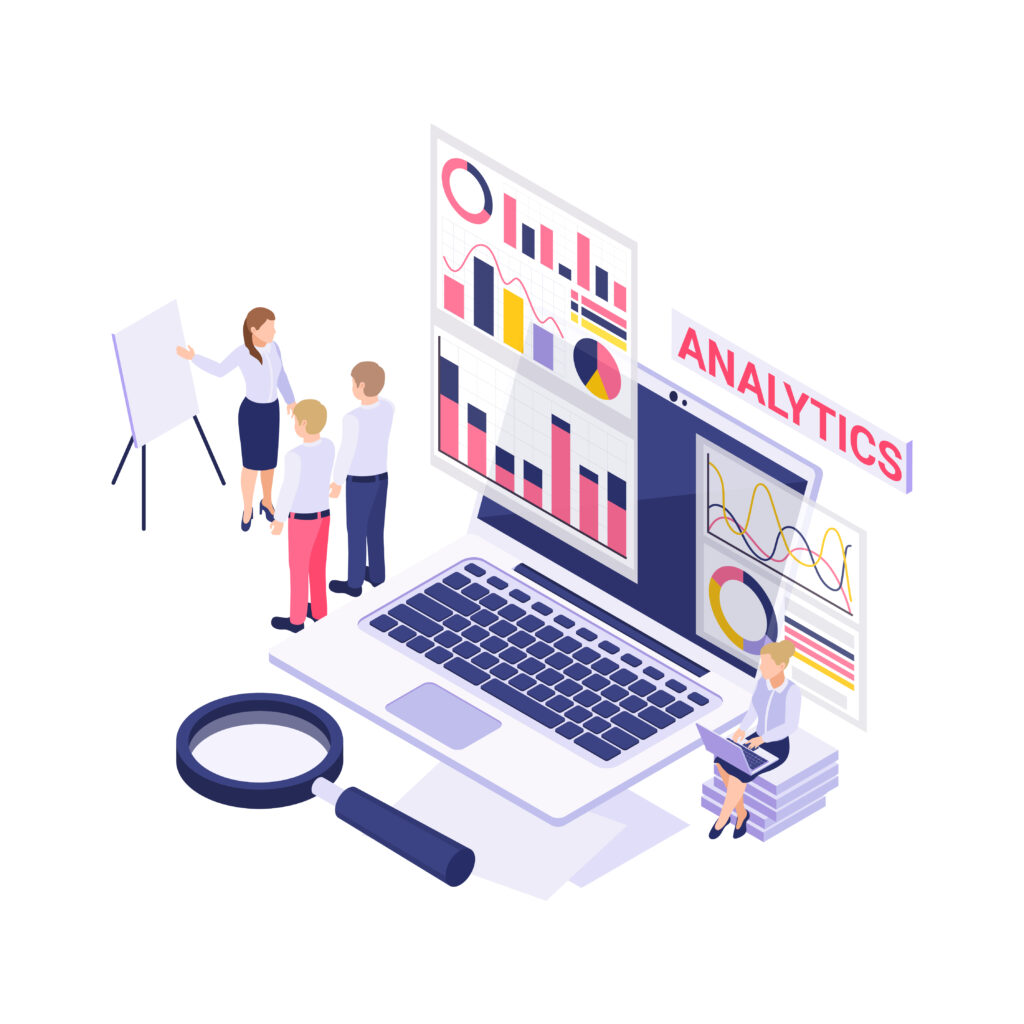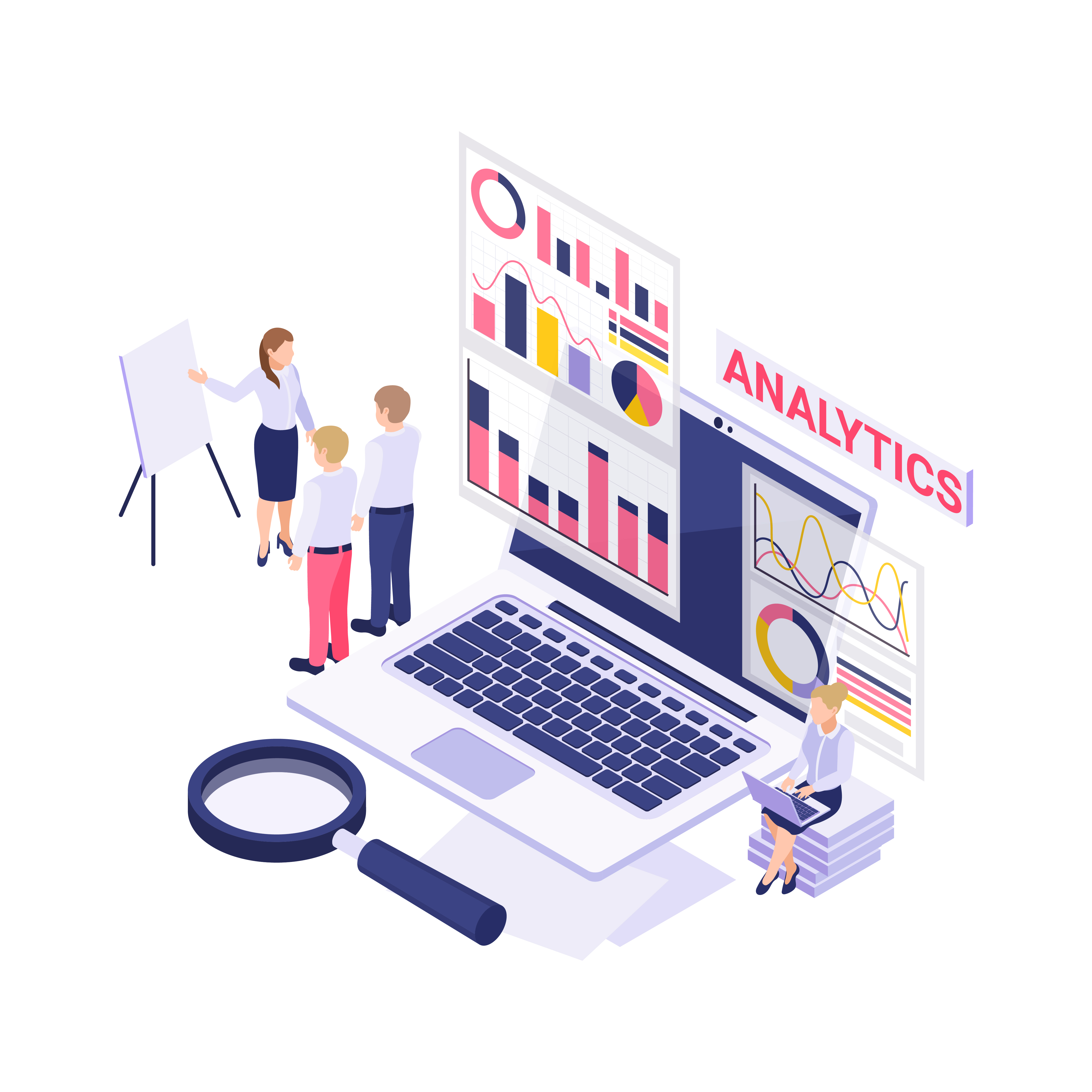In today’s rapidly evolving digital landscape, data has become the lifeblood of marketing. Every click, swipe, and interaction generates valuable information that businesses can leverage to understand their customers better and drive more effective marketing campaigns. However, with the abundance of data available, marketing professionals often find themselves drowning in a sea of numbers, struggling to extract actionable insights from the complexity of data in marketing.

The true power of data lies not just in its collection but in the ability to transform it into meaningful information that drives informed decision-making. In this article, we will explore how to simplify the complexity of data in marketing, making it accessible, understandable, and actionable for marketers of all levels.
1. Setting Clear Objectives
Before diving headfirst into the sea of data, it’s essential to define clear marketing objectives. Determine what you want to achieve with your data-driven efforts. Are you looking to increase website traffic, improve conversion rates, boost customer retention, or enhance personalization? Setting clear objectives will guide your data collection and analysis efforts, making them more focused and effective.
2. Choosing the Right Data Points
Not all data is created equal, and collecting every piece of information can be overwhelming. The key is to identify the data points that align with your marketing objectives. For instance, if you are looking to improve website engagement, focus on metrics like bounce rate, time on page, and click-through rates. For customer segmentation, demographic and psychographic data may be more relevant. By choosing the right data points, you avoid unnecessary complexity and ensure you’re collecting the most meaningful data for your goals.
3. Utilizing Data Visualization
One of the most effective ways to simplify complex data is through visualization. Data visualization translates raw numbers into easy-to-understand charts, graphs, and dashboards. These visual representations allow marketers to identify patterns, trends, and outliers at a glance, enabling faster and more informed decision-making. There are numerous data visualization tools available, ranging from simple spreadsheet graphs to advanced business intelligence platforms, catering to marketers of all technical backgrounds.
4. Consolidating Data Sources
In today’s omnichannel marketing landscape, data is generated from a multitude of sources, including websites, social media, email campaigns, customer feedback, and more. Consolidating data from various sources into a unified platform streamlines the analysis process and eliminates data silos. Marketing automation and customer relationship management (CRM) tools can play a vital role in centralizing data and providing a holistic view of customer interactions.
5. Data Cleansing and Quality Assurance
The accuracy and reliability of your data can significantly impact marketing decisions. Data cleansing involves identifying and correcting errors, inconsistencies, and inaccuracies in your dataset. Regular data quality checks and maintenance are essential to ensure that your marketing decisions are based on reliable information. Investing time and resources in data cleansing can save marketers from making critical mistakes due to faulty data.
6. Segmentation and Personalization
Segmentation allows marketers to categorize their audience into distinct groups based on shared characteristics or behaviors. By segmenting the data, marketers can create targeted campaigns that resonate with specific customer segments. Additionally, personalized marketing content enhances customer engagement and builds stronger relationships with the brand. Implementing segmentation and personalization strategies simplifies data usage by providing more focused insights and driving more effective marketing outcomes.
7. A/B Testing for Optimization
Data in marketing is not just about analyzing historical information; it’s also about continuous improvement. A/B testing, also known as split testing, is a powerful method to optimize marketing strategies. By comparing two versions of a campaign or web page, marketers can determine which performs better based on specific metrics. A/B testing allows for data-driven decision-making, ensuring that marketing efforts are constantly refined and optimized for better results.
8. Embracing Automation and AI
As the volume and complexity of data continue to grow, embracing automation and artificial intelligence (AI) can significantly simplify data analysis in marketing. AI-powered algorithms can analyze vast amounts of data quickly, identifying patterns, predicting outcomes, and providing actionable insights. Marketing automation platforms can automate repetitive tasks, freeing up time for marketers to focus on strategy and interpretation of results. Leveraging technology not only simplifies data analysis but also enhances productivity and efficiency in marketing processes.
9. Continuous Learning and Adaptation
The field of data in marketing is constantly evolving, with new tools, techniques, and trends emerging regularly. To stay ahead, marketers need to embrace continuous learning and adaptation. Attend industry conferences, participate in webinars, and engage with thought leaders in the field to stay updated on the latest advancements. By continually expanding their knowledge and skillset, marketers can navigate the complexities of data in marketing more effectively and make better-informed decisions.
In conclusion, marketing has the power to revolutionize the way businesses connect with their customers and drive successful marketing campaigns. By setting clear objectives, choosing relevant data points, visualizing information, consolidating data sources, ensuring data quality, leveraging segmentation and personalization, conducting A/B testing, embracing automation and AI, and committing to continuous learning, marketers can simplify the complexity of data and transform it into actionable insights that propel their marketing efforts to new heights.
Related Articles:
1. The Importance of Simplifying Complexity
2. Impromptu Simplifying Data Complexity
3. Simplifying Marketing in the Digital Era




